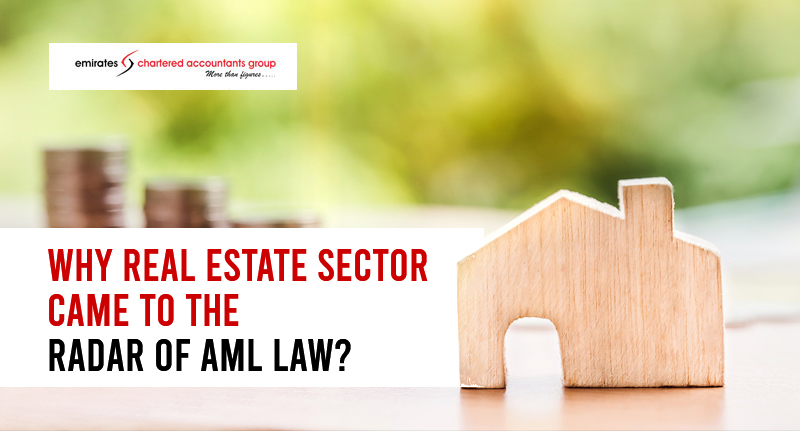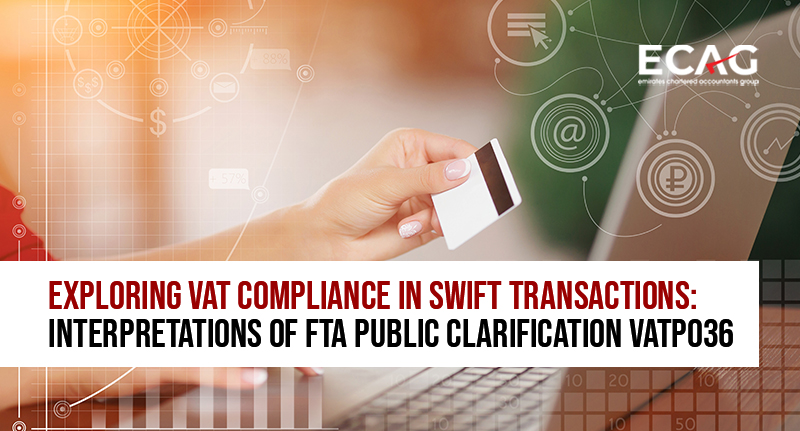
- May 16,2021
- AML/CFT
AML Compliance Obligation of Real Estate Sector After Registering with the goAML System
Do you think once you complete the go AML portal registration your obligation completed?
What are your obligations after completing the registration?
Who All are DNFBPs in the Real Estate Sector?
- Brokers and real estate agents when they conclude operations for the benefit of their customers with respect to the purchase and sale of real estate.
- Lawyers, notaries, and other independent legal professionals and independent accountants, when preparing, conducting, or executing financial transactions for their customers in respect of the purchase and sale of real estate
Why Real Estate Sector is Under the Radar of AML Law?
Recent studies indicate that in the MENA region, Money Laundering represents one of the top trends in ML/FT typologies each year.
The misuse of the real estate sector by criminals involved in ML/FT can have widespread harmful effects with regard to the national economy. The purchase or sale of real property is one of the most significant financial transactions that a family or an individual can undertake.
Arbitrary or artificial fluctuations in property prices caused by real estate transactions entered into for illicit purposes can distort economic activity, price stability, and the distribution of income.
The Reason Leading to ML-Based Real Estate Include:
- The lower level of awareness: On ML/FT typologies and customer due diligence (CDD) requirements.
- The lower degree of transparency: Lower access to detailed information concerning the financial flows
- Size of the real estate markets: Ease of doing business in them through intermediaries or proxies.
- Profitability: Relative stability and profitability of the real estate market
Role of the Real Estate Agent/Broker
- Representing one party to a transaction, and intermediating between the parties in terms of negotiation and execution of an agreement or contract;
- Acting in a fiduciary, trustee, or secretarial capacity with regard to the transmission, delivery, and/or recording of various financial instruments, securities, bonds, title deeds, or information related to real estate transactions;
- Arranging, advising, or consulting on financial resources, including the obtaining of mortgage financing, for the completion of a real estate transaction.
Generally speaking, a real estate agent or broker acting in any of the roles mentioned above, whether singly or in combination, must carefully consider factors such as the customer risk, - as to information published from time to time by official sources;
Customer risk classifications and the type and extent of customer due-diligence they perform depends on Complexity and transparency, Associations, or linkages. Customers associated with higher-risk persons or professions (PEP or FPEPs)
Geographic risk- level of AML/CFT controls of Countries, check whether the countries or jurisdictions they deal with are the subjects of international sanctions and reputation of countries involved.
Channel risk: DNFBPs should pay particular attention to those channels, whether related to customer acquisition and/or relationship management, or to product or service delivery, which have the potential to favor anonymity.
We Have Discussed All the Compliance Program of the Real-Estate Sector with the Mentioned 7 Pillars of Measures:
- Identifying and assessing ML/FT risks
- Establishing, documenting, and updating policies and procedures to mitigate the identified ML/FT risk, for- KYCs, training for employees, screening techniques, system scrutiny, etc.
- Maintaining adequate risk-based customer due diligence (CDD) and ongoing monitoring procedures are two of the key components of an effective risk-based AML/CFT program:
- To appoint an AML/CFT Compliance Officer (MLRO) approved by the relevant supervisory authority.
- To put in place adequate management information systems, internal controls, policies, procedures to mitigate risks and monitor implementation.
- Identifying and reporting suspicious transactions in the Go AML portal.
- Maintaining adequate records related to all of the above.
If you want to watch the video version of this blog please go through the below
AML/CFT Compliance UAE
Emirates Chartered Accountants Group - AML/CFT Compliance and Certification Services Dubai, UAE.
Mr. Ragesh Mattummal - Partner
+971 50 357 8031
rag@emiratesca.com





